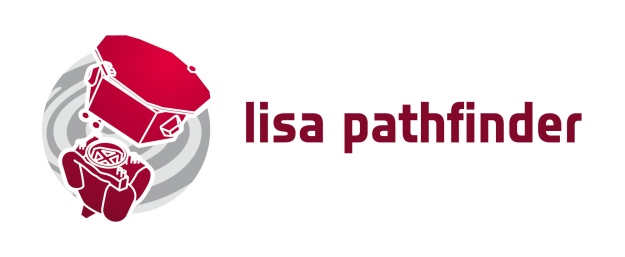The countdown to the quest for gravitational waves is on
Some 100 years ago, Albert Einstein predicted the existence of gravitational waves in his general theory of relativity. In spite of intense efforts, experimental proof of these waves has so far eluded scientists. The LISA Pathfinder space probe from the European Space Agency ESA aims to change this – with the participation of the Institute of Geophysics at ETH Zurich.
The countdown is on
The LISA Pathfinder space probe will be launched from the Guiana Space Centre in French Guiana on 2 December 2015. The spacecraft is set to test key measurement technologies and is therefore a milestone in the quest to prove the existence of gravitational waves in space.

On board for the mission: cutting-edge technology and expertise from D-ERDW
The Institute of Geophysics at the Department of Earth Sciences is responsible for the measurement and control electronics for the reference gravitation sensor, a central component of the LISA Pathfinder space probe. The electronics are designed to measure and control the position of two test masses in relation to the electrode housing in which they are located. Once the probe has reached its satellite position in space, the two test masses are released by the holding mechanism into a state of free fall. At this point, the satellite software uses the electronics to measure and control the position and orientation of the test masses with electrical fields; it also ensures that the masses do not touch the walls of the housing.
The electronics were designed by the Aerospace Electronics and Instrument Laboratory in the group of Professor Domenico Giardini and produced together with the Swiss company RUAG Space. The ETH team is also involved in the mission preparation, in monitoring the electronics during the mission, and in the final data analysis. The Swiss contribution to the LISA Pathfinder mission is supported by the Swiss Space Office.
Philippe Jetzer, Professor of Physics at the University of Zurich, and his team are also participating in the project – by investigating the astrophysical applications in relation to the general theory of relativity.
New window to explore the cosmos
LISA Pathfinder paves the way to a completely different perspective of the Universe: when the technology tested by LISA Pathfinder will fly on the LISA mission, it will make it possible to prove the existence of gravitational waves and will enable astrophysicists to address some of the most fundamental questions about the Universe and its more energetic phenomena, from stellar explosions to black hole collisions.
